Why Your Digital Engagement Matters More Than Ever
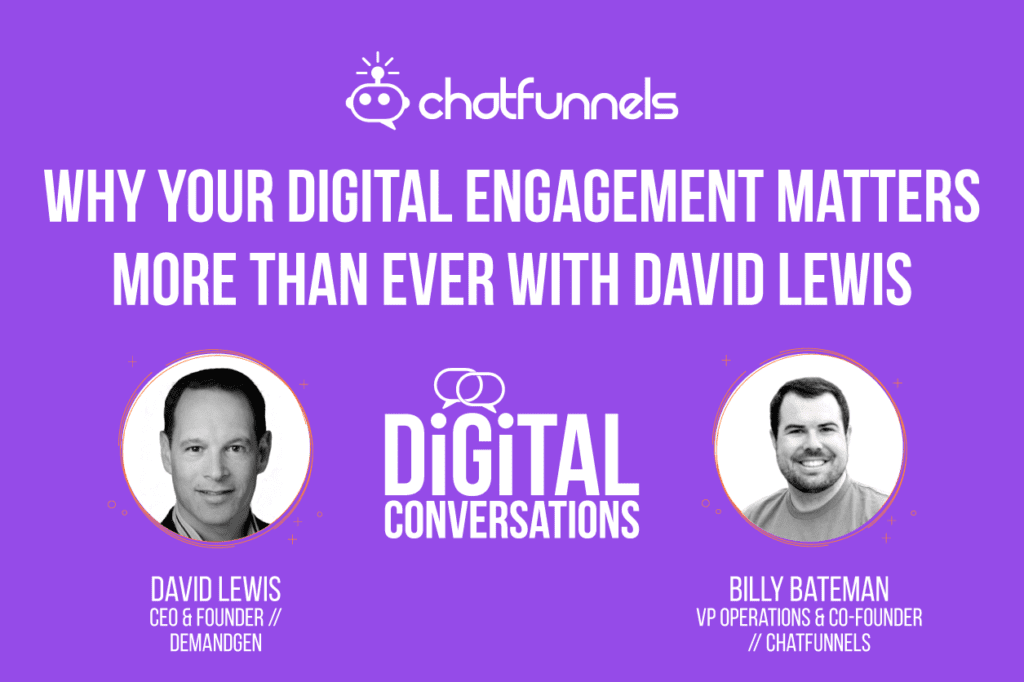
Reading Time: 14 minutes
On this week’s episode of Digital Conversations, David Lewis of DemandGen explains how the digital engagement of marketing and sales can be adopted to improve customer engagement.
Guest- David Lewis: David is CEO at DemandGen, and which he founded in 2007. He has previously worked for Microsoft and various Silicon Valley companies such as Farallon, Netopia, and Ellie Mae. Connect with David on LinkedIn.
Listening Platforms:
Transcript
Billy: Alright, everyone. Welcome to the show today. I’m your host, Billy Bateman. And today, I am joined by David Lewis, CEO of DemandGen. David, thanks for joining me today.
David: Billy, thank you for having me, man. I appreciate, always nice to be on a on another podcast and not doing my own. So I love being a guest.
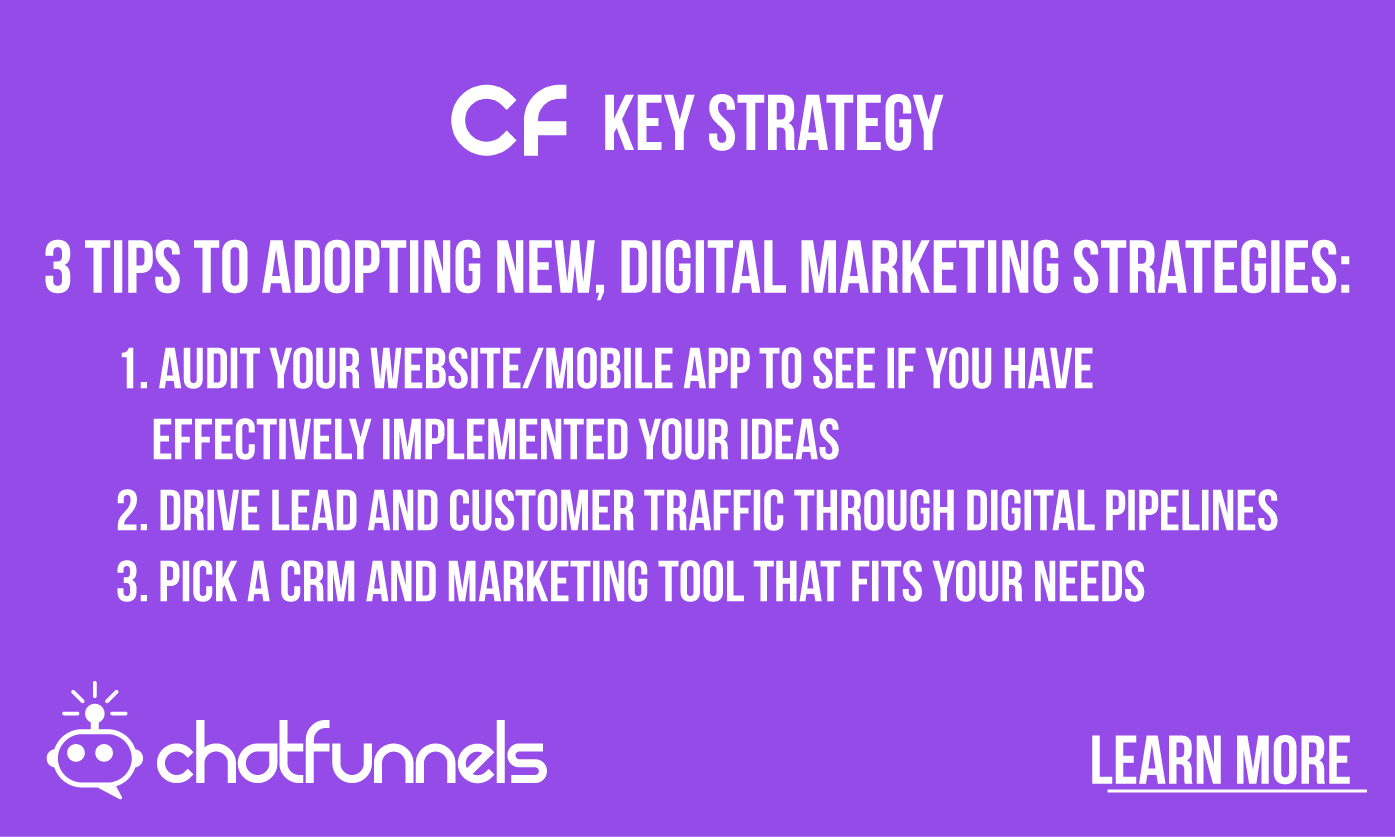
Billy: It’s always easier to be the guest. I love being the guest myself. So, before we get into it, let’s just have you introduce yourself, and tell us, you know, a little bit about your background and about DemandGen.
DemandGen Overview
David: Yeah, sure. We’ll do just a quick, about 13 years ago, 2007, I started DemandGen and we were an advisory and hands on professional services company for primarily b2b marketing. All of our clients have platforms like Marketo and Salesforce, and our whole focus is helping them drive revenue through the use and adoption of marketing and sales technology. So like I said, professional services firm, I’m founder and CEO.
And then, as I mentioned, on the podcast, we’re really, really committed to educating the marketing and sales community on how to drive growth. And so, we produce the DemandGen Radio Podcast. We have DemandGen TV on YouTube. And we have just a treasure trove of content on our website and our blog on all the methods and technologies. So, thank you again for the invitation to be on here and, and talk about, you know, the way that customers like to engage and how digital everything has become.
Billy: Yeah, no, COVID has definitely pushed anyone’s timeline on digital engagement transformation up a little bit. But yeah, I wanted to just dig in with you. And, and you’re you guys are in all types of businesses and you’re helping everyone use digital to engage their customers. So with, you know, the changes we’ve had with COVID, what channels are you seeing as being the most effective for driving people to your website and engaging them right now? What are you saying as a consultant?
A Buyer’s Journey
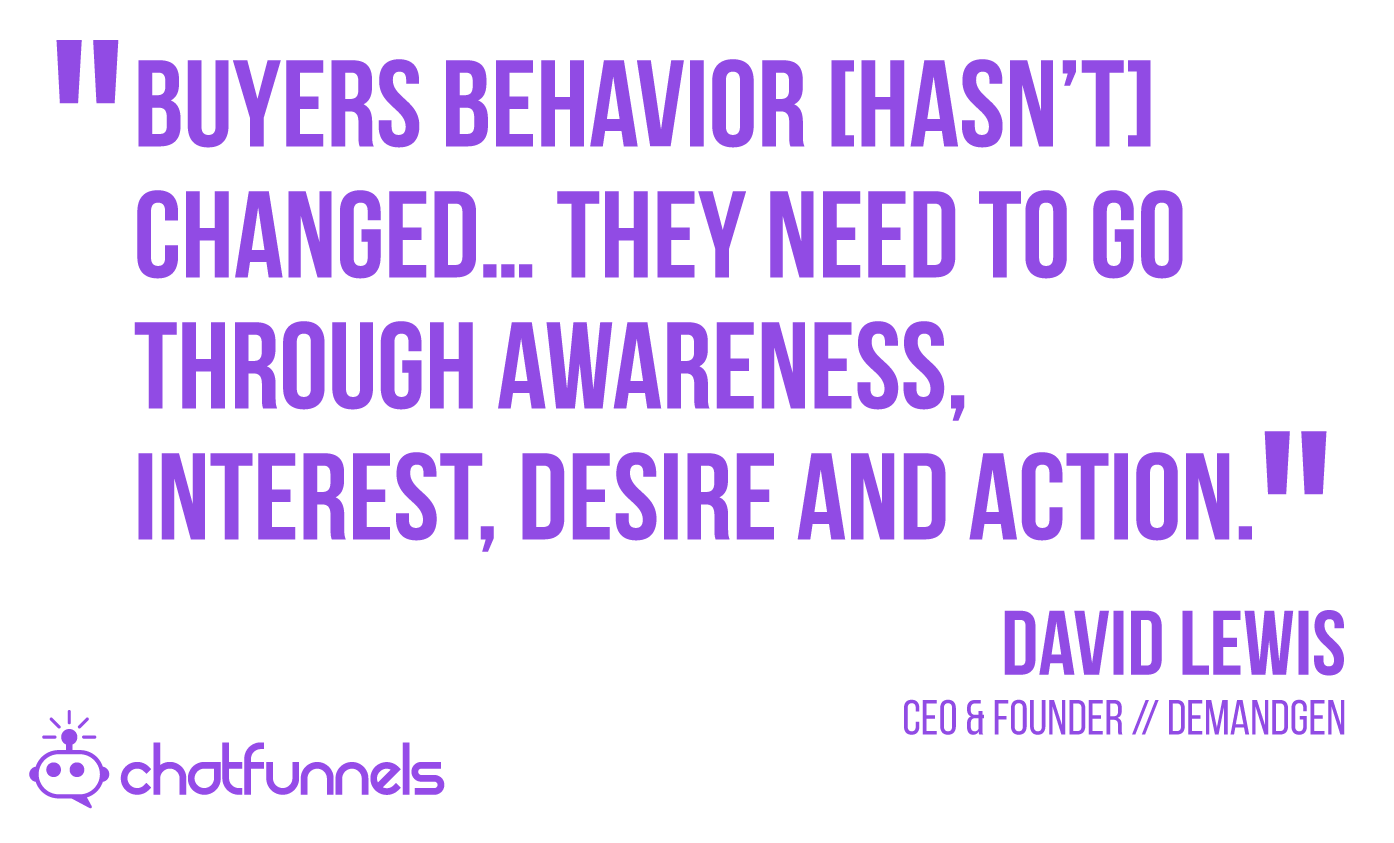
David: Well, it’s not that… some things have gone away, but it’s not that like the buyers behavior has changed. I want to start with that, right? There’s still the old, they need to go through awareness, interest, desire and action. So the buyer’s journey has not changed. Whether there’s a global pandemic, right. The psychology of buying, the why people buy, all of that remains the same. But two things have absolutely, fundamentally changed this year. And I think there’s a silver lining to this, and one, Billy, is that the way that you are interacting with your prospects and your customers has gone 100% digital engagement or virtual, right?
If we consider phone, and phones are digital these days, there’s no more analog phones, but maybe there are somewhere. But, you know, the way that everybody’s interacting is digital. We’re not walking into offices and doing face to face sales anymore. I’m right now in the process of signing a new lease for my car every three years, you know, it’s time for a new lease. Right? It’s contactless when you buy a car.
And it was very interesting when I called the car manufacturer today, the leasing company, and I said, Hey, listen, I need to extend my lease for a month or two, because it’s just going to take me a little extra time to go find a car these days. And really, that was my excuse of giving me more time. It doesn’t take that much longer. They said, Oh, sure. We can extend your lease for two months. No problem. Do you want us to send you some DocuSigns or is there place to mail the paperwork? I’m like, Oh, please, that’s wonderful. Like, I do DocuSign and sign that, it was great.
But you know, what wasn’t wonderful, Billy? This is crazy. I couldn’t interact with them. So it’s Porsche Financial Services. I couldn’t interact with them on their website, I was blown away. I actually had to call, I actually had to go through a nightmare phone tree. And I actually had to speak to someone to do what I needed to do. I’m expecting that I should have been able to handle all of that digitally. And you can’t. And I can’t even, on their website easily set up for, like, recurring payments, which on most websites today. I can make a one-time payment. But it’s very difficult to set up recurring payments, you got to fill out paperwork. So a lot of companies have taken this, you know, global pandemic situation that we’re in, and accelerated their digital engagement transformation initiatives, which is great.
Like I said, that’s the silver lining, it always puts a lot of companies still have a ways to go, and I’m blown away. When for example, I go to, you know, someone’s site and there’s no way to interact and chat with someone and you’ve got to pick up the phone or send an email, and customers want immediacy these days.
Billy: Yeah, no, everyone, you want to be able to get your answers right now. That’s interesting that there was no chat yet. No, like, hey, just let’s get things going with maybe an email, or a form submission for your car. Whereas, you know what I really think is interesting. So, if you’re going through Porsche Financial, I would bet the dealerships, because you know, when I look at cars, every dealership has got a chat or a bot on there, trying to engage me. It’s interesting that the people that are closest to the customer have really tried to adapt or adopt these technologies right away.
Digital Transformation of Customer Service
David: Well, and I think the buy side is maybe a little bit more expedient, because you have to drive growth and they know that that’s how customers want to react. Buyers, I should say, but your customers for years like Comcast, their service was horrible. And they were known and they had to actually fix it, and then spend, you know, tens of millions of dollars, if not more than that, on rebranding themselves and the quality of the service that they’ll actually show up on time and such. Now when you go to their website, it’s a pretty good experience getting support, they’ve come a long way.
And they really recognize how the modern buyer and the modern consumer wants to interact. Don’t get me wrong, I like to pick up the phone and call and talk to someone, you know, I wish on those falling trees. I’ve learned, by the way, this this is probably one of the best tips of the podcast today, that if you continue to push the “o” button for operator support for I think, if people are handicapped people, I’m not sure exactly what, but you’ll get to the operator. So just keep pushing that “o” button. You’ll eventually break all the software logic and get to someone. So, you know, when you want to talk to someone, but I want to be able to have “click the human” I want to be able to have that experience where I can get this summer.
Billy: So what do you think? Okay, so we’ve got buyers they’re on their website, it’s more digital engagement than before. If I’m a marketer and you’re advising us on hey what should I be doing? To make it easy experience for my customers to engage us and to get the information they need. You know, in any place they are in the buyers journey, even if it’s just the first time they’ve come to our site. And they’re trying to figure out you know, who we are. What are your recommendations? What are the things that you’re advising your customers to do right now?
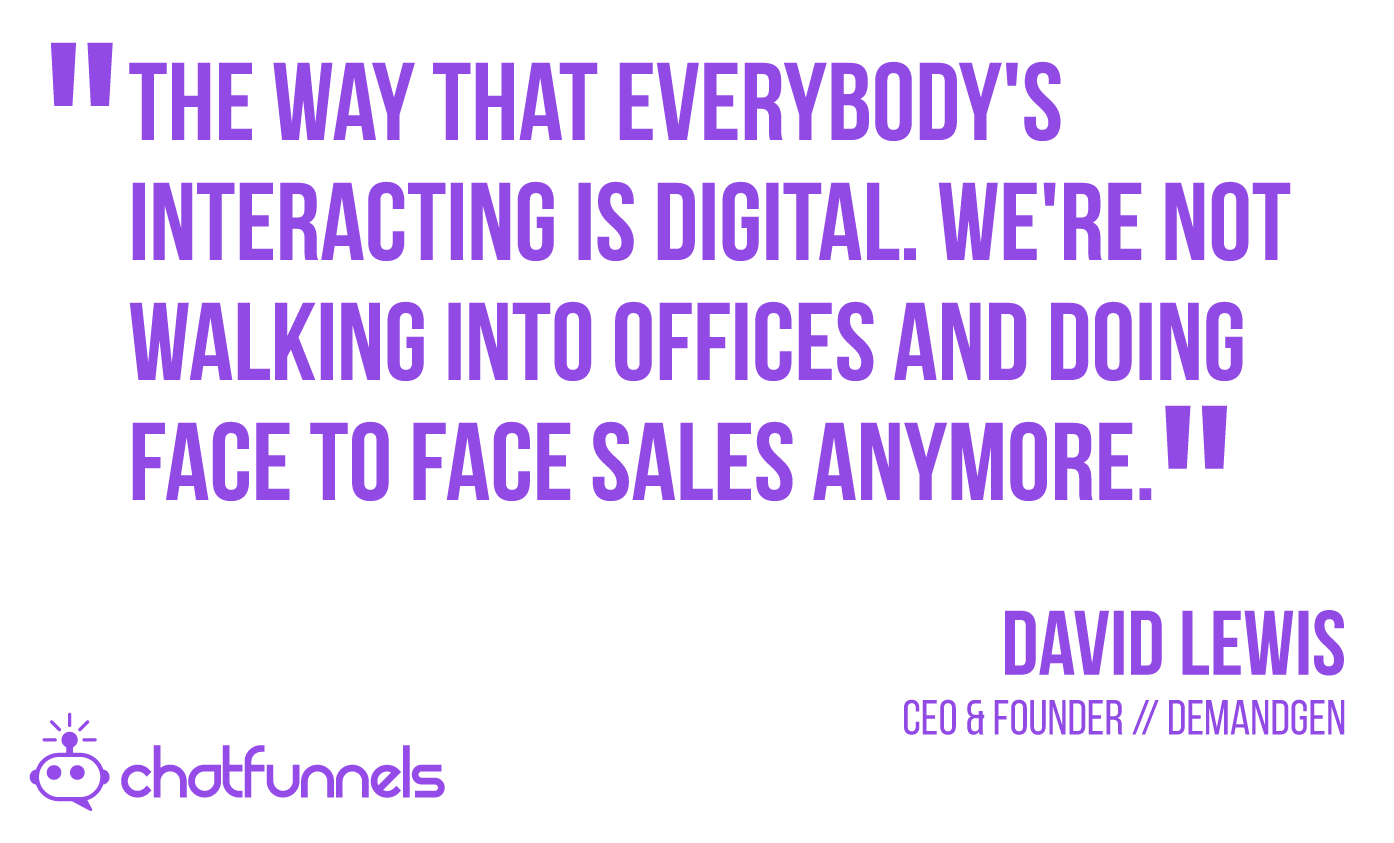
Practice What You Preach
David: Well, we look at a company and their website to see how approachable they are. So, for example, if you go to demandgen.com just in case people are sitting in front of their browser, this is not to plug our company, but to say, like, this is what success needs to look like. And I’ll point out what we’re missing. So if you go to demandgen.com in the header, top right corner where eyes go, immediately, there’s contact us, you scroll down to the bottom, there’s contact us, you go onto our Services pages, where we merchandise our services, there’s a mid-screen contact us. So we’re being very intentional in making it easy for someone to find how to contact us. And because, no, print is not dead.
So if somebody goes to our company page and goes to headquarters, they can actually find our address to mail something. And I’m shocked how many companies make it like a scavenger hunt, like an Easter egg hunt, to find their address. So, I would just do a quick assessment of yourself and say, you know, are you approachable from a phone number, from an address? And from a form? And the place where I give us a big goose egg, Billy, is that we don’t have chat on our website. There’s a reason we don’t and I’d love your advice on it. But there’s a reason that that we don’t have chat. I don’t think it’s a good reason, but it is the reason.
So we’re not practicing fully what we experience and see with our clients because all of our clients that are really driving growth, have taken this, to the aspect of digital transformation, making sure that they are accessible wherever their buyer or prospect is. And that includes really optimizing their site for mobile. But it shouldn’t end there, right?
Is your downloadable content, have that contact? Can they click to human? Can they see your email, see your phone, or see even a way to click and get right to you through chat? And a lot of people don’t think about the mobile experience, and then they’re, you know, a tablet or phone device, and double check, you know, is it is it easy to define you? So that’s, I think, you know, do an audit of your website. Do an audit of your mobile app. Do an audit of any way that people are supposed to be able to get to you and see if you practice what you preach.
By the way, little trick, if anyone holds their mouse over our contact us and look in the lower left hand browser, you’ll see that we’re tracking what “contact us” button they came from. So we look at our form submits to know did they come from the web footer, the upper page, and that helps us with website redesigns justify why we should put those contact points back on the site.
Billy: Interesting, man. That’s granular, I love it. So, let’s circle back a little bit. You guys don’t have chat on your website. Any reason why you guys haven’t done that? It’s just a we haven’t gotten to it or, or we don’t have the manpower for it?
Implementing a Bot?
David: It’s more of the latter, the manpower issue. So yeah, DemandGen is pretty much a referral based business, the people who come to us, are former clients, they’ve been referred by our partners, like Adobe, or other companies in the ecosystem. And then, yes, we do generate a fair amount of demand from our marketing team through our demand generation activities. But all of that outreach goes to, you know, two members of our sales team. So there’s two of them. And so we don’t have chat, because, you know, should they be the ones that are manning this, this chat. And our customers, they deal with our client services team on a daily basis through email and phone calls. So they’re totally accessible. And we use systems like Slack and Glip, as, you know, real time chat systems.
So it’s just really on the website, like, do we need to have chat for prospects that are reaching out? I’ve been an advocate for it. And so then it comes to your former reason, which is, you know, do we have the time and resources to deploy it, to train our sales team and get adoption on doing that. But hey, if we had even just a handful of people in sales, without question, I would push as our CEO to make sure that we’ve got that channel available. But I think I’d love to get your opinion, like, when is the right size of a company from let’s say, demand gen sales perspective ready to put with chat?
Billy: Yeah, so I mean, you’ve raised some good points. You got two sales guys, I think it’s a function of how much traffic you have, and what can we work it in to your sales team’s existing processes without rocking the boat too much on them. But honestly, like, we’ve got customers who they’ve got one sales guy and chat is one of his, main channels that he’s working. And if you set up the combination of a bot with live chat, and instead of good notifications and routing rules. You can have a bot, take you know a lot of the stuff and filter through it and then say, hey, we’ve got somebody that’s ready to talk and qualified for the sales team or maybe support, and then bring them in.
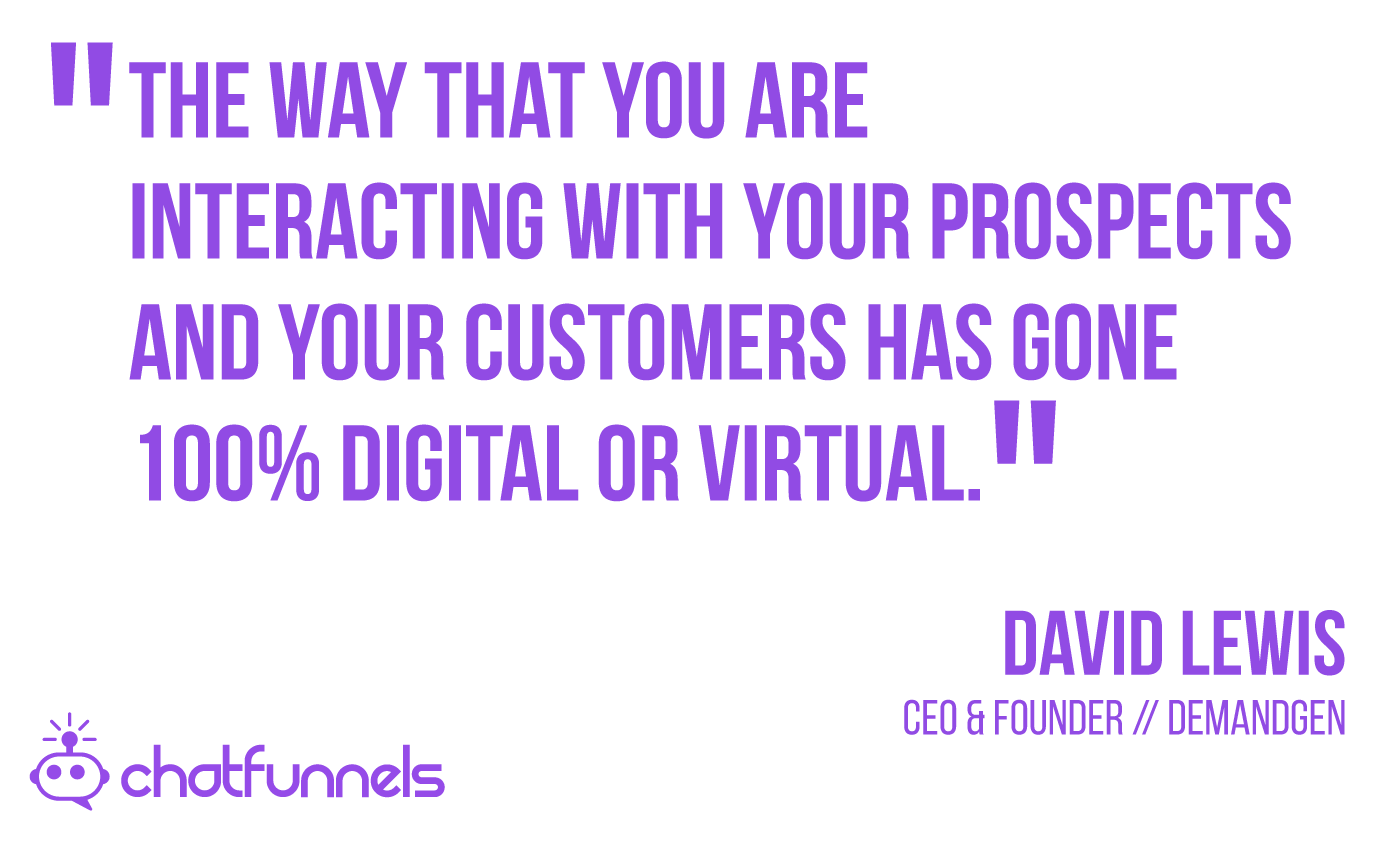
But you kind of have enough volume. If you got sales guys doing other things in terms of visitors to make it worth their time. Otherwise they just, if they get one chat a week, like they forget about it. They’re not paying attention, you know? So, I mean, it all depends, but I think it’s really a function of traffic and then can we work it into your existing processes to try it out for any for any company. But there’s probably a place for almost anyone that’s really trying to sell off their website.
David: Yeah, that’s that’s the one area when I say, you know, practice what I preach, you know, do as I say not as I do, because really in today’s modern buying environment, chat’s expected. And you know, my girls who are 25 and 22, that’s their primary form of communication. Is text chat, and through a device.
So, because those buyers, whether they’re 20 somethings or 30 somethings right. That’s, that’s the buyer and yeah, maybe if you have 50, 60 year old buyers, you know. I know my mom, when she signed up for Netflix recently, she said to me, alright, honey, I finally want to get my own Netflix account. Not that I’m suggesting we share, and I said, yeah, you should sign up for it. She goes, Okay, I’ll give them a call tomorrow. And I just kind of thought that that was funny, that her go-to instinct for, you know, an 84 year old woman was like, I call them in sign up for it.
CRM And Marketing Tools
Billy: Yeah, no, it’s interesting when we work with clients that have a very young sales team, and we train the sales reps on here’s how you’re going to use the tool, they pick it up so fast, you know, like, we barely need to train them. When they have a little bit of an older sales team, it takes more, I mean, they still get it as long as they want to, but it just takes more, more hands on and coaching. Because it’s just not something they’re used to. They default to picking up the phone.
Awesome, man. Well, I got two more questions for you before we wrap this up. One, you guys are really into marketing technology. And you know this world. And this is something that I’m always interested in. If you have your perfect world to run your marketing work out of, what’s the tech stack that you would pick and you would go to, with a clean slate and an unlimited budget
David: You mean by brand or by stack tool category?
Billy: By brand.
David: Wow, this podcast isn’t endorsed so I have to give like give it an authentic answer which probably then means it depends answer. But generally let me go with some of the table stakes and I’m sure I’m gonna upset some people. Yeah, so from a CRM perspective, I’m gonna assume you’re a medium sized to larger sized company, meaning that you’re not a five person company, but even still, my go to CRM, hands down, Salesforce.com.
When I launched the company 13 years ago, and it was just me. For the first couple months, I didn’t hesitate to get a license to Salesforce. Because you can get a single license, with Salesforce. And we now have, I don’t know, 50, 60 users inside of Salesforce. So that’s the CRM. It’s no slam to, you know, Microsoft and Dynamics, but it is the, it’s the de facto standard. And the reason I suggested it as the go to, is because you’re going to find talent out there that knows how to use and implement the system.
If you hire salespeople, there’s a 95% chance that that’s the CRM that they’re familiar with. Every technology on the planet that’s in the cloud, integrates with it, and so you just you can’t go wrong with that. Unless you’re a super super small company and don’t plan to grow, might be overkill for you. On the marketing side. I wanna say marketing automation system. And that’s gonna net into four different brands, it’s either Adobe/Marketo. This is b2b by the way, b2c isn’t necessarily my area of expertise, but unless it’s considered purchase, meaning that it’s not impulse buying.
So considered purchase is still marketing automation. So it’s either, you know, Adobe’s Marketo Engage platform. It could be HubSpot or Pardot. And those two are very competitive. If I if I’m prescribing Salesforce as your CRM, there’s a logical, you know, coupling to part out from the same company, single vendor type stuff, but you could easily go with HubSpot and use their CRM and their marketing automation system if you’re a smaller company.
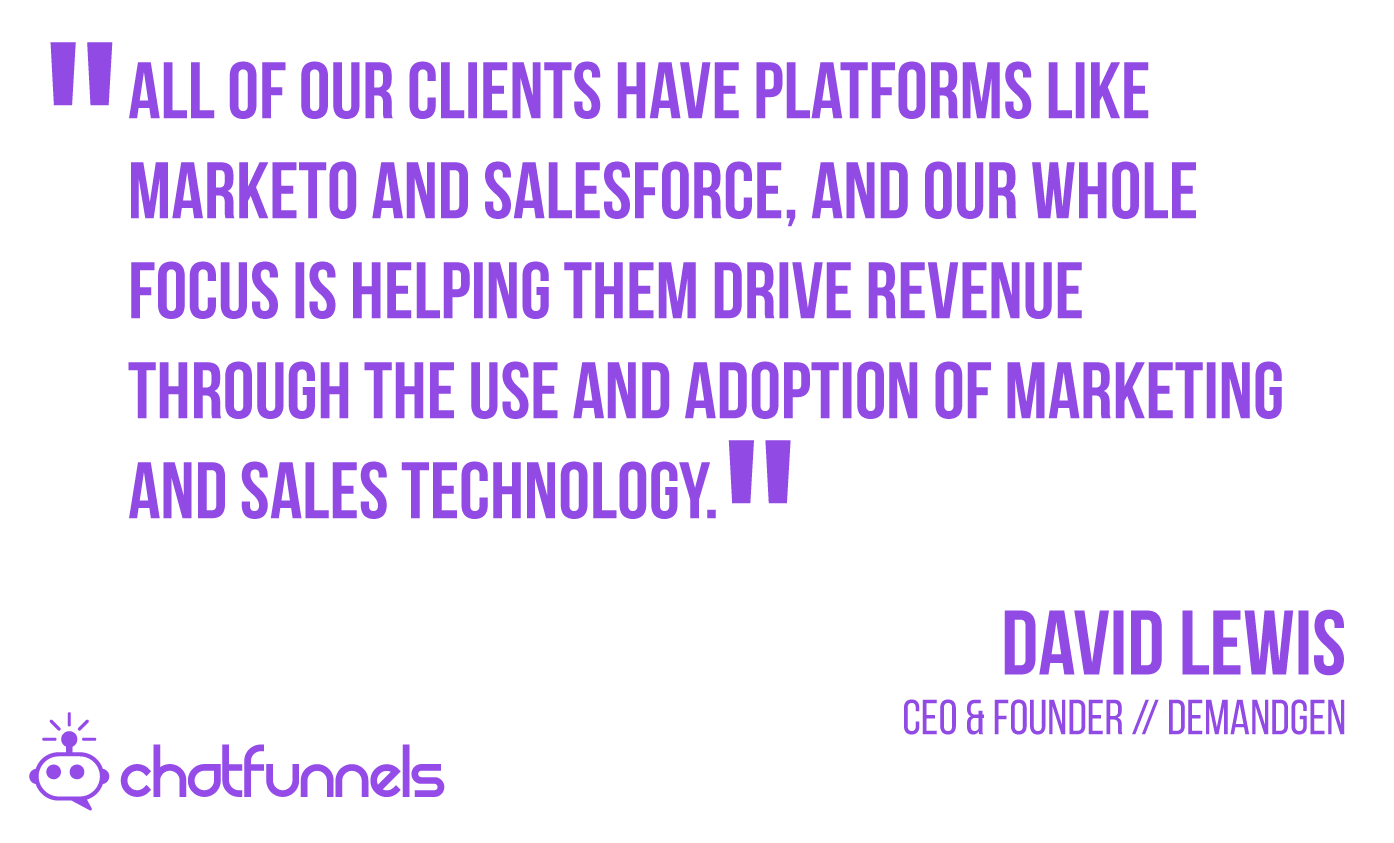
So, it really depends on what you need. But I’m laying out technology for mid-market enterprise customers that are in high growth companies. So, you know, Pardot is a close second, you’ve got Eloqua as well, which is when our company was founded. All of our clients had Eloqua, Marketo didn’t exist, and they really wanted other tools. But Eloqua was really, you know, it’s from Oracle. So it’s designed really for large, large enterprises where scale is the issue.
But we’ve not seen a lot of innovation from Oracle on the Eloqua platform for years. And I’m a technology geek, man, I love newness and new capabilities. And so I want to see a platform that’s advancing. So how do you go wrong with a platform like Marketo, when it’s owned by the best marketing company on the planet, Adobe, you know, all of us work with their creative tools, and it’s a great platform. And then in addition to that, you know, here we are talking about chat, you need a chat platform, whether it’s from someone like ChatFunnels, but you know, great place to start, you guys offer a free trial.
There’s other solutions out there. So, look for one that’s easy to implement and very affordable, and decide if you just need chat or if you just need other channels, voice or what have you. Video, critical. If you’re pushing out a lot of content and video, I’m a big fan of VIDEart, I think they do a great job. You could also get away with YouTube until you’re doing video in such a level that you need to control the video hosting experience. I like Uber flip from a content management system. It’s what we use on our blog, because we create hundreds of pieces of content a year. So we need to place that’s kind of a very Netflix binge type experience with all of our content.
And from there, it gets into like data management, which I couldn’t prescribe, Billy. Like a brand, because it really does at that case depend on what your needs are. It’s, you know, yeah, whether it’s zoom info, or ringley, which is a data orchestration platform that plugs into things like zoom info. It gets more complicated, but table stakes today, CRM, marketing automation, should have chat for your website. Like we said, now you’ve got email, you’ve got inbound, you’ve got outbound there. And I’m happy if anybody’s online listening wants to reach out to me on LinkedIn, David Lewis. Be happy to talk something more specifically about what your needs are.
Billy: Yeah, that was actually my last question is how do people get a hold of you, man?
David: I mean, if I can give one plug for my marketing chops. I’m just gonna say, Billy, you know, if you go to Google, and you type David Lewis. I’m gonna do it right now. There are 622 million results. But you also find me right there in the first five. So that’s the easiest way to find me just Google David Lewis. You’ll find me on LinkedIn, CEO of DemandGen, and always happy to have a conversation with marketing leadership out there about use and adoption of marketing tools, and hope you can tune into the podcast as well if I can give a shout out DemandGen Radio.
And then I’d love for you guys to discover us on YouTube, which is, we just launched our YouTube channel. I’m just really passionate on education. And we found with the podcast that, yeah, you can be informative and inspire people in the ear, by showing them these tools and technology. So if you want to see some of these tools that I mentioned, go to DemandGen TV. We’ve got demos and some best practices. That’s the best way.
Billy: Alright. Thank you, David. Check out the podcast. It’s good stuff. I listened to it. Love it. So we’ll chat later, man.
David: Thank you! Have a great rest of your week. And thanks, everybody, for those who connect. Looking forward to meet you.
